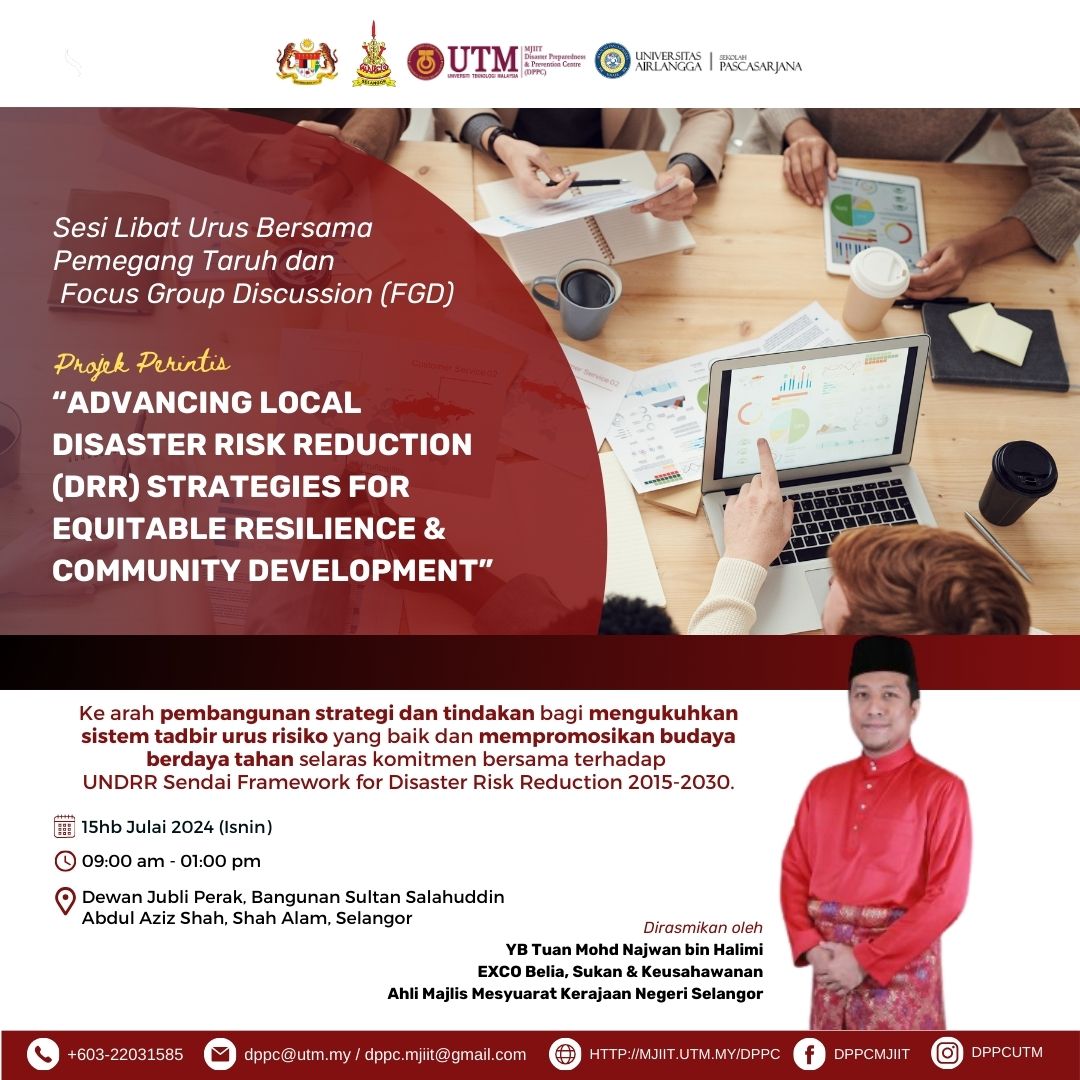Parallel Sessions for the Eight Asia-Pacific Urban Forum (APUF-8)
“Reforging post-pandemic pathways to sustainable urban development in Asia and the Pacific”
23-25 October 2023, Suwon Convention Centre, Suwon, Republic of Korea
________________________________________________________________________________________________________________
“Emerging technologies and transdisciplinary approach towards strengthening risk-informed urban resilience”
Parallel Sessions for the Eight Asia-Pacific Urban Forum (APUF-8) on 24 October 2023
Today, some 56% of the world’s population live in cities. East Asia and the Pacific notably being the world’s most rapidly urbanizing region, with an average annual urbanization rate of 3 percent. As more people live in cities, more urban dwellers will be affected by natural hazards while the frequency and severity of natural disasters increases. On the other hand, high risk can also be accompanied by low vulnerability when paired with the right environment. Cities could be one of the safer places to live in when a disaster strikes with much higher levels of access to services, infrastructure, technology, and information than in rural areas. Being the forefront of the technology industry, the city infrastructures enable risk monitoring, sharing information with the public, gathering data contributions to DRR and resilience programs is increasingly valuable in response. This presents a huge opportunity to explore new and innovative technology platforms, apps and other innovations with urban dwellers.
This parallel session on “Emerging Technologies and Transdisciplinary Approach Towards Strengthening Risk-informed Urban Resilience” will provide a unique opportunity to better understand risk-informed urban development using Trans-Disciplinary Approaches (TDA) and the role of technology-based data-gathering required for resilience planning focusing on risk communication to promote All-of-Society towards effective Disaster Risk Reduction (DRR). In this event, we will hear the importance of transdisciplinary approaches and how innovative technology is supporting cities and vice-versa to address urban challenges and systemic risk, with a specific focus on data gathering and its effective application to strengthen urban resilience, Build Resilience Community (BRC) and facilitate humanitarian nexus in disaster recovery. We will also explore ways to create synergies between technological innovation and approach in urban planning processes towards a risk-informed society by developing strategic foresight for transformational change. Case studies will be drawn from Asia Pacific countries with experience of using information and data gathered in innovative ways to foster DRR, including best practices from impact-based Multi-hazard Early Warning System, Living Labs, localizations, and advanced technology for digital platforms to support decision-making processes.
@ https://apuf8.org/sub05/organize.html.



